Pieces of furniture have always had elements of embellishment, that something to make them not only useful but also pleasant. From simple carpenters to famous designers, none of them have limited themselves to the function of the object, but have tried to make their mark by making it special with something special. This is how styles in furniture which in the past were quite elaborate. For many, that comfortable and useful furniture of the past, with its soothing curved lines, is still an option. However, a reduction in decoration, perhaps even size, would make them more adaptable to contemporary interiors. That's how Transitional-style furniture has emerged, furniture with "clean" shapes that harmoniously blends straight and curved lines and uses warm colors for the quality wood chosen.
How to identify transitional style
Although it may seem very similar fusion styleTransitional style is different. Fusion style combines different styles in such a way as to attract attention, sometimes even to shock. But transitional style is a gentle style, a style that makes the transition from the classic, richly decorated classic to the simpler, contemporary.
The combination of traditional and contemporary does not refer to popular traditions but to those in interior and furniture design. Traditional design is the classic, old-fashioned, highly decorative, with curved lines and sumptuousness. Unlike classic, contemporary is minimalist, focused on utility, airy spaces.
Transitional style brings with it curved lines, comfort, wood as well as nuc, oak or paltin and combine it with straight lines, metal and glass, not too precious fabrics in neutral colors, discreet repetitive patterns.
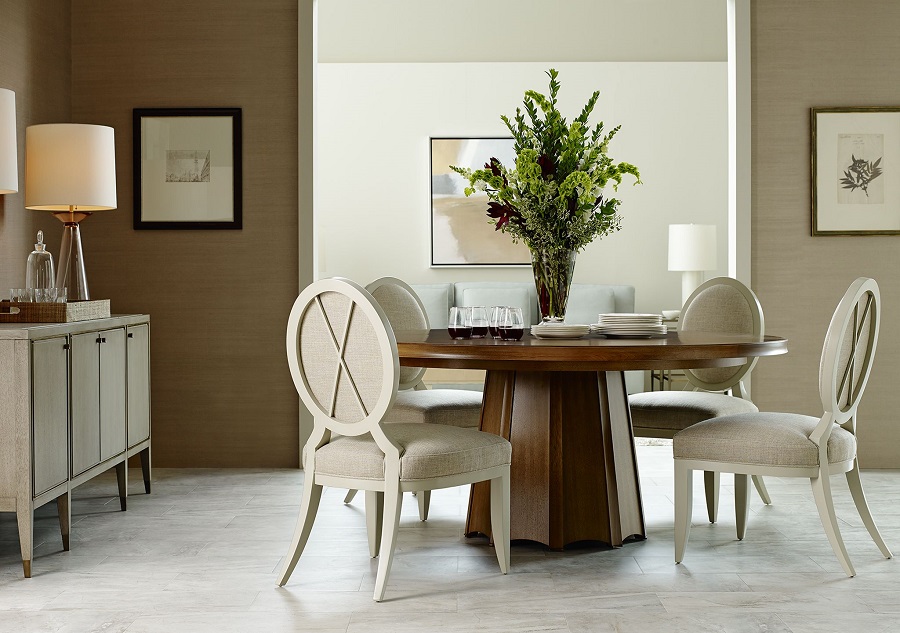
photo source: avcreativa.com
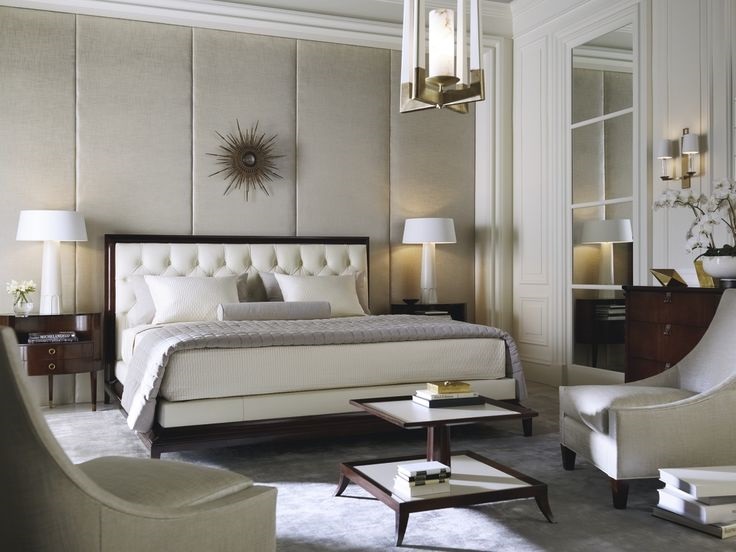
photo source: djenneinitiative.com
What are the features of transitional style furniture
Transitional furniture is timeless furniture. It's the furniture you can always have because it will never go out of fashion. It's the sofa you can't part with because it's comfortable and relaxing.
If I were to schematize, transitional style furniture would boil down to:
- clear, clean shapes;
- minimal but not minimalist decoration;
- round profiles;
- straight lines;
- Wood in warm, classic colors;
- Light and neutral fabrics, tone-on-tone combinations (same color in different shades).
The furniture pieces are simple, not oversized, but still retain those curves, colors and finishes that recall classic furniture. Quality woods such as walnut or oak are used, with pleasing finishes ranging from matt to mirror gloss. Wood can be combined with metal or glass, while keeping its dominant note.
In a nutshell, transitional furniture is that old, classic furniture brought into the modern day. If we liked the curved legs of Chippendale furniture, we find them again, but with more discreet lines, without exaggerations and bowls caught in the claws. Baroquewith its rich decorations and grand forms, fascinates us? We find its shapes, but without the opulence of the past. Designers like Barbara Barry, Christopher Guy, Maxine Snider or Thomas Pheasant, representatives of the transitional silhouette in furniture, have created furniture to suit all tastes, from exclusive designs to simple, affordable armchairs and sofas. The common denominator is classic lines brought into the present, the transition from classic to contemporary that defines the style.
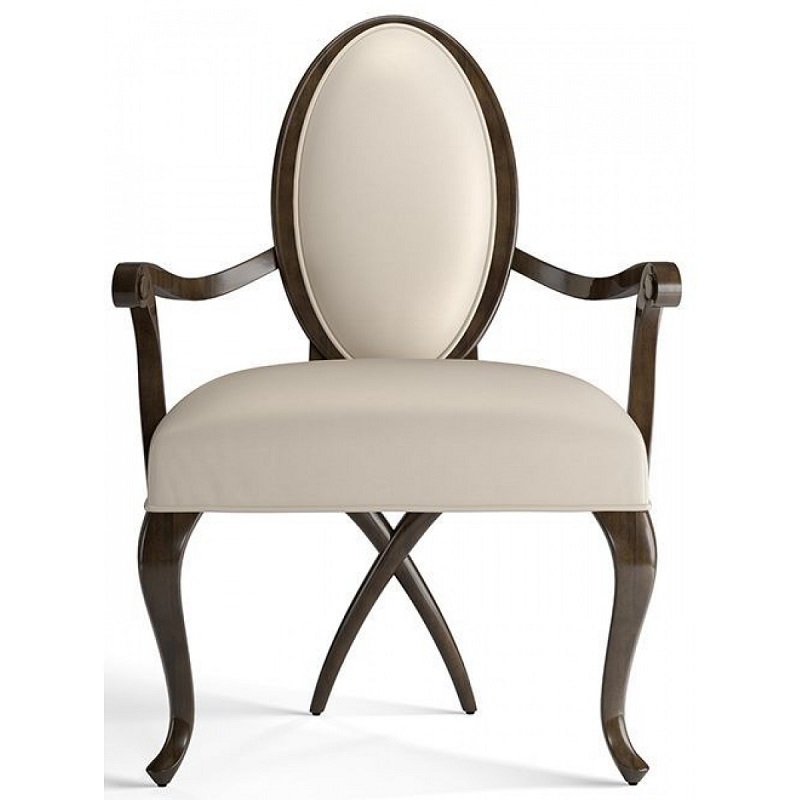
photo source: unlimitedfurnituregroup.com
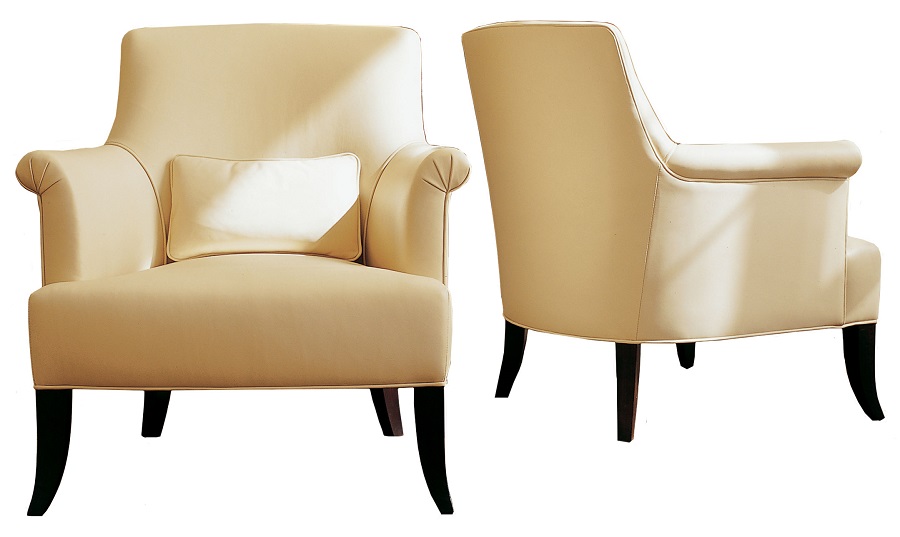
photo source: interiordesignflorida.com
What a transitional-style interior means
The Transitional style of interior design is balanced, durable, harmonious and spacious. It can be simple and sophisticated at the same time, being versatile yet warm and timeless. It's a balanced combination of old and new, masculine and feminine, ordinary and luxurious, creating pleasant, harmonious, comfortable and relaxing looking spaces.
In contrast to fusion where there are accents of color, here the preference is for subdued, neutral tones, monochromatic or combinations of shades of the same color. The style focuses on comfort and practicality, but doesn't forget the pleasure of discreet accessories, the small dose of luxury that brings elegance. It can be said that style is the resulting combination of the needs of a housewife and a discreet lover of elegance and lifestyle.
I recently saw an apartment decorated in this style. At first everything seemed white and uniform, a promise of monotony. But it was far from that. Although white was everywhere - walls, floors, furniture, carpets - it wasn't that hospital white. On the contrary, every white was actually a very light shade of gray or cream that blended perfectly. The furniture had classic, round lines without being heavy and busy. A thin black line marked certain parts of the drawers or doors, and the sheen was warm and silky. The sofa attempted a slightly more pronounced gray, but without being a splash of color. The lines were straight and it was primarily the dresser. A frame and 2 modern-style silver silver candlesticks, large frosted glass doors separating the kitchen from the living room and a discreet chandelier with glass fittings completed the overall harmonious, elegant and ageless look.
Transitional is the style that many of us unknowingly adopt. Those who find minimalist style too little and classic style too much feel comfortable in such interiors. The same is true of Transitional style furniture - less than the classic styles with rich decoration and predominantly curved lines, but more than the simple minimalist, Scandinavian style, based exclusively on utility, straight lines and small dimensions. It is the in-between style of an interior that is never old-fashioned, but never ultra-modern.
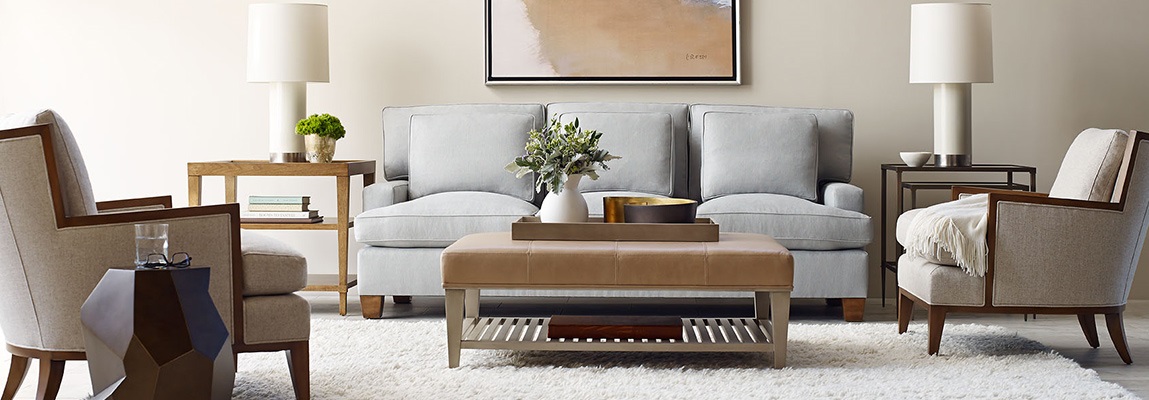
photo source: obegihome.com
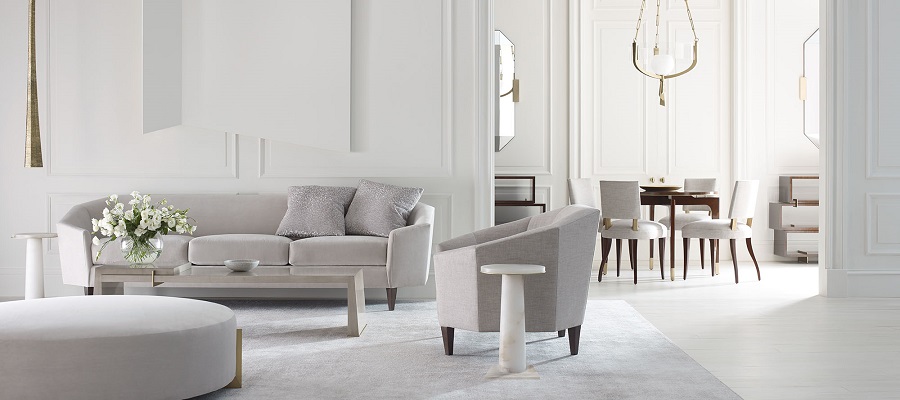
photo source: bakerfurniture.com
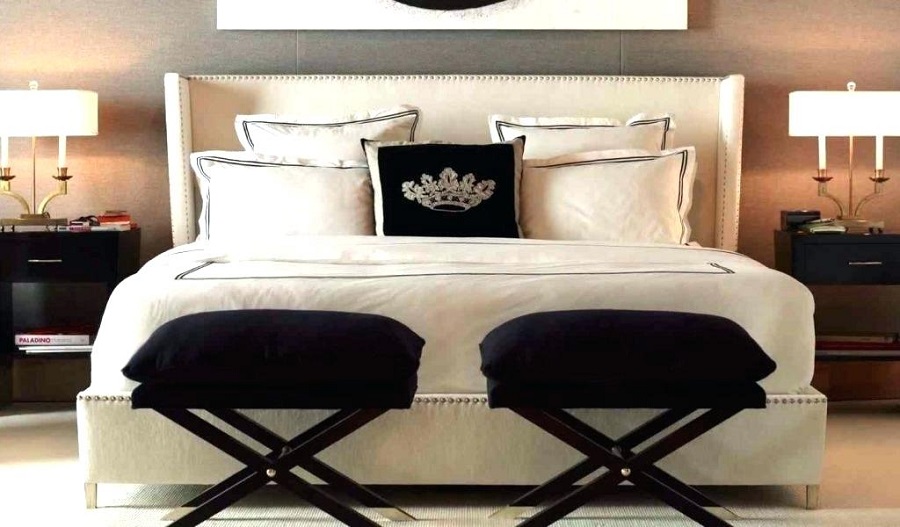
photo source: kaitenun.com































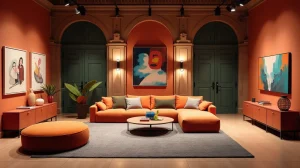




Add comment